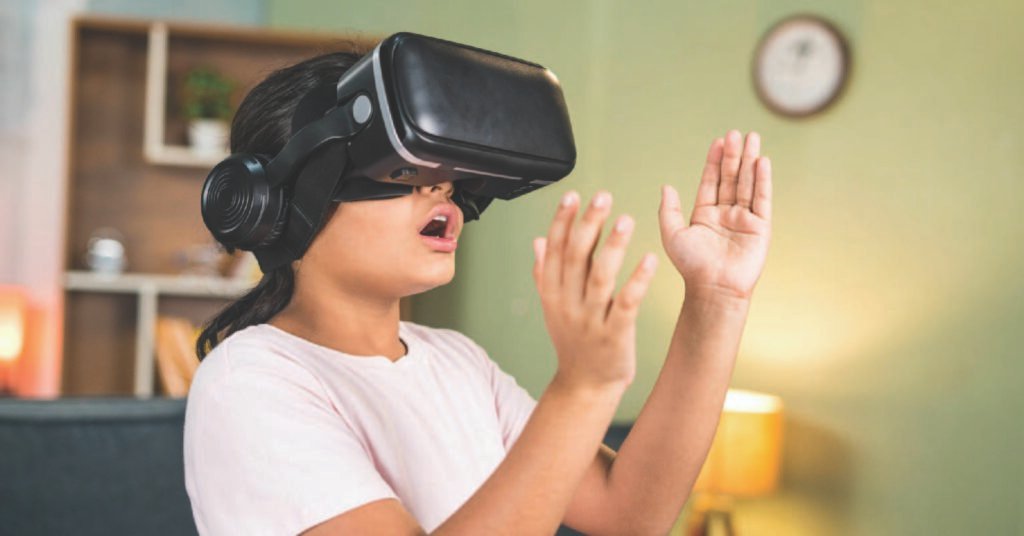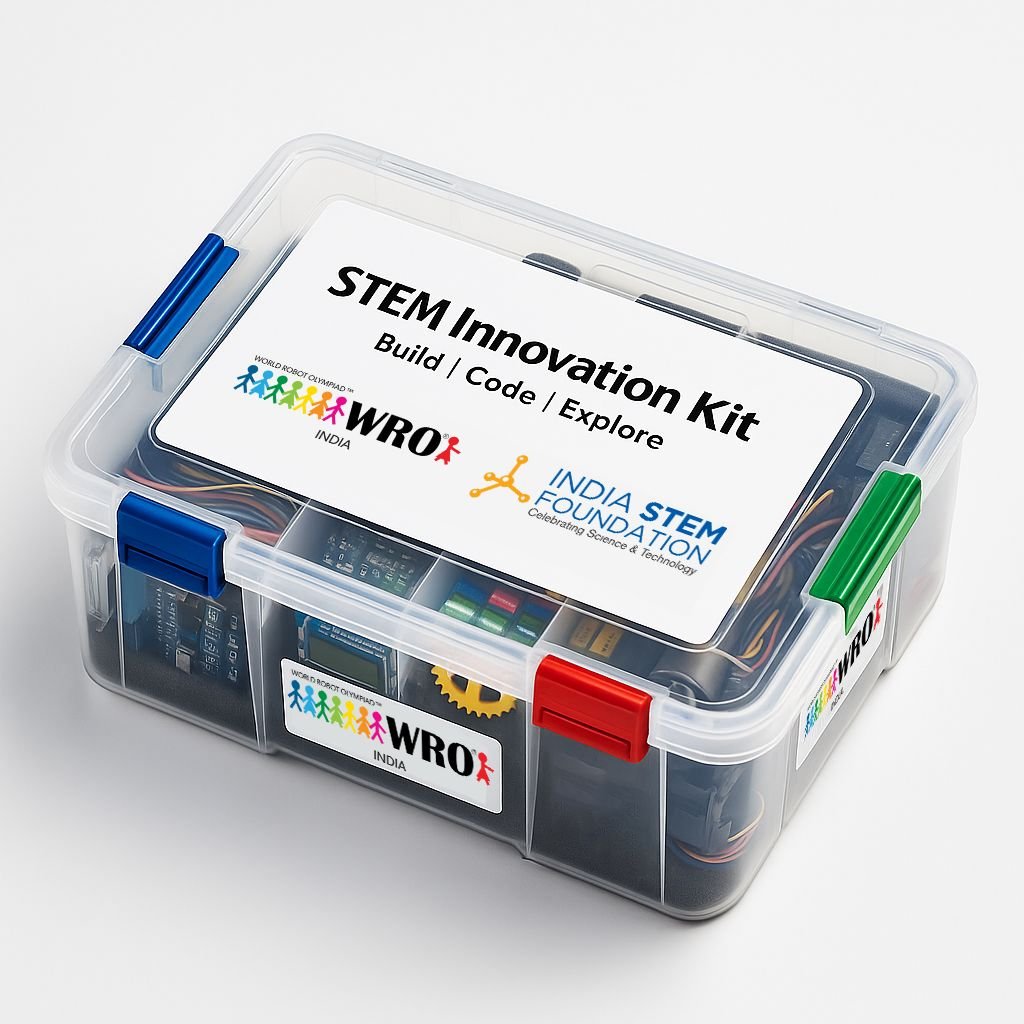Today’s 21st century requires artificial intelligence. Although AI research and teaching existed throughout the 20th century, average people were not able to access it. The 2010s saw the widespread availability of AI through smartphones and other devices, with Google Assistant and Siri emerging as essential virtual assistants. AI became deeply ingrained in people’s lives by the 2020s, when it was used as house helpers and had made substantial advances in e-commerce, healthcare, and banking. Once considered cutting-edge, chatbots and recommendation engines have increased, drastically altering how we use technology and obtain information.
Virtual reality, or VR, in education, has advanced with amazing speed. Virtual reality (VR) is used by platforms such as Google Expeditions to provide students with immersive virtual field trips, taking them to historical places, museums, and even space. Additionally, VR modules created especially for educational reasons have been developed by the Oculus Rift and HTC Vive. These developments have improved students’ comprehension and engagement in a variety of courses by converting conventional classrooms into immersive learning environments.
Comprehending Virtual Reality (VR) in STEM Education
VR technology offers students engaging experiences and realistic simulations that let them investigate complex STEM topics in a virtual setting. Abstract ideas come to life when VR is included in STEM education, promoting a deeper comprehension and memory of difficult subject matter. With the use of VR technology, STEM education can now offer students engaging experiences such as “VR Anatomy,” which lets them investigate the human body in three dimensions. Apps such as “The Body VR” take users into a tiny realm and demonstrate biological processes and cellular architecture. With the help of this interactive method, students may explore scientific ideas in more detail and visualise intricate theories in a way that is not possible with standard textbooks.
Advantages of VR Integration for STEM Education
Virtual reality (VR) integration improves STEM education by offering chances for visual and hands-on learning. It facilitates a better understanding of STEM subjects by allowing students to perform experiments, visualise abstract theories, and explore virtual worlds.
Imagine a physics classroom where students learn abstract concepts like motion and gravity through VR simulations. Through the use of simulations, students may manipulate virtual environments, adjust gravitational forces or investigate planetary motion. This hands-on method helps students grasp complicated physics principles through interactive, visual encounters, fostering a better knowledge of theoretical topics.
Creative VR Uses in STEM
Virtual reality (VR) applications in STEM education go beyond traditional classroom settings, including immersive field excursions, simulations of real-world circumstances, and virtual laboratories. By giving users access to places and practical experiences that would otherwise be unavailable, these programmes enhance learning. There are applications that provide virtual labs for biology, chemistry, and physics. Students use simulations to do experiments in a risk-free setting, changing factors and tracking results. Similarly, apps allow for immersive inquiry by taking pupils to historical periods or natural ecosystems. With the help of these apps, students may engage with scientific ideas in realistic, dynamic settings beyond textbooks.
Immersion Learning: Virtual Reality’s Effect on Student Involvement
Think about “Engage,” a virtual reality platform that promotes group learning. In virtual classrooms, students from many locations engage in discussions and simulated experiments. Students actively participate in the collaborative learning process and study in an engaging, dynamic environment thanks to this immersive cooperation. The capacity to alter VR surroundings and objects promotes curiosity-driven inquiry, increasing student participation and creating an engaging, interactive learning environment.
In a Nutshell, From being a niche technology to being used in everyday life, artificial intelligence has revolutionised a variety of industries, including banking, healthcare, and virtual assistants. Concurrently, the rapid advancement of virtual reality in education has transformed learning by providing immersive experiences in STEM fields. With interactive simulations, virtual reality (VR) enhances learning through platforms like “Engage” and virtual anatomies. Learning will become more engaging and immersive due to the merging of AI with VR, which offers a dynamic educational future.




